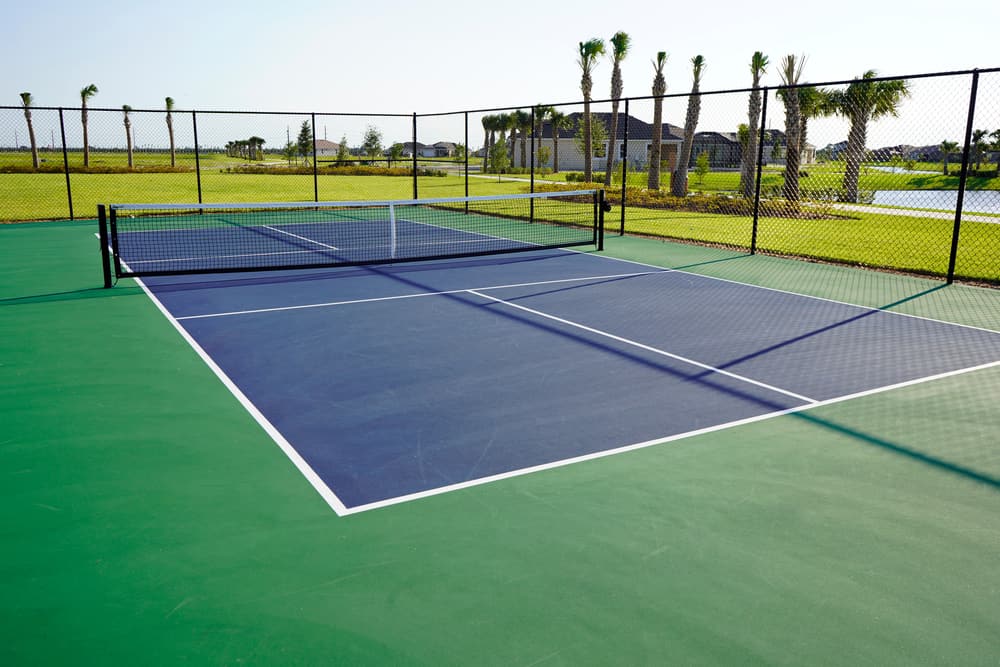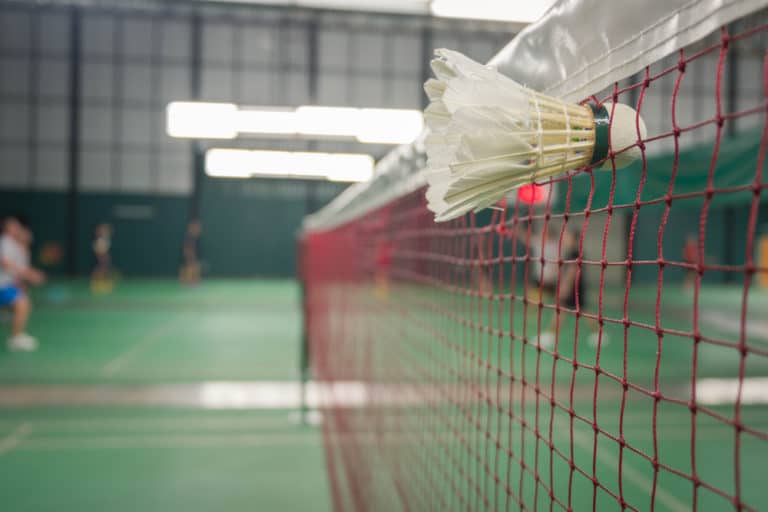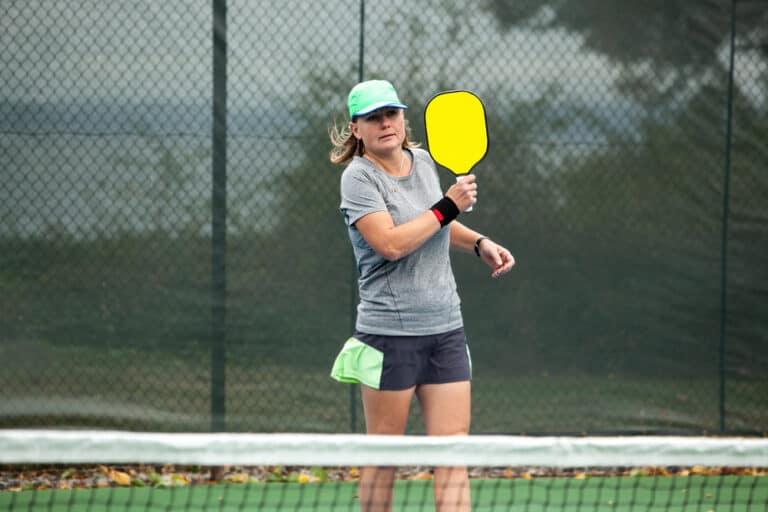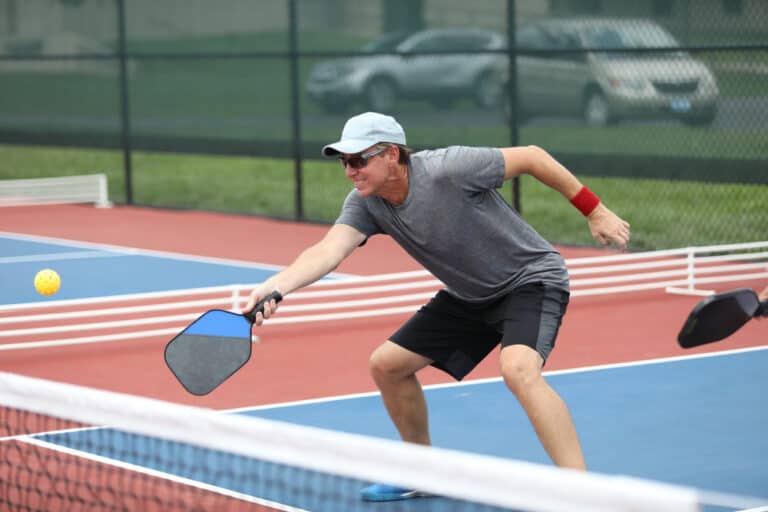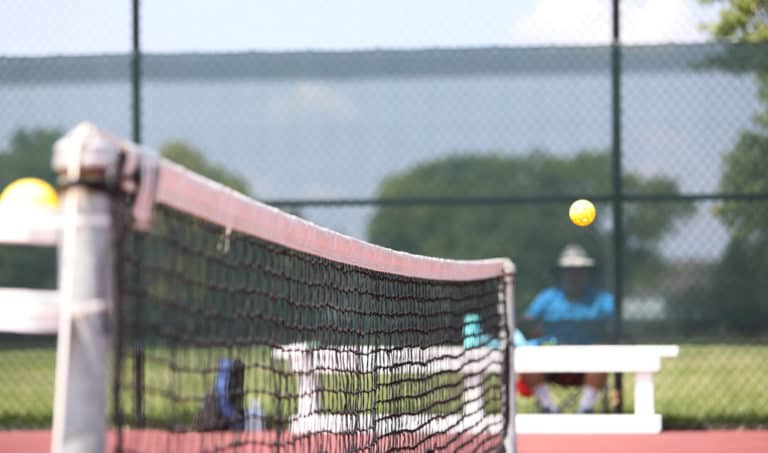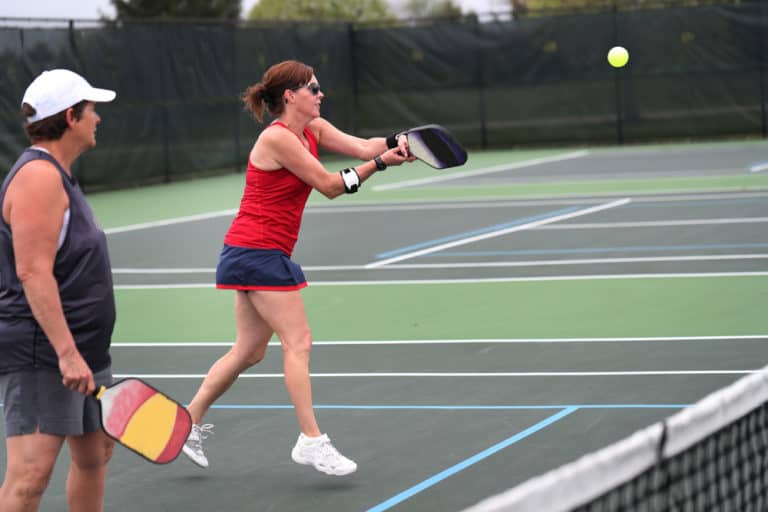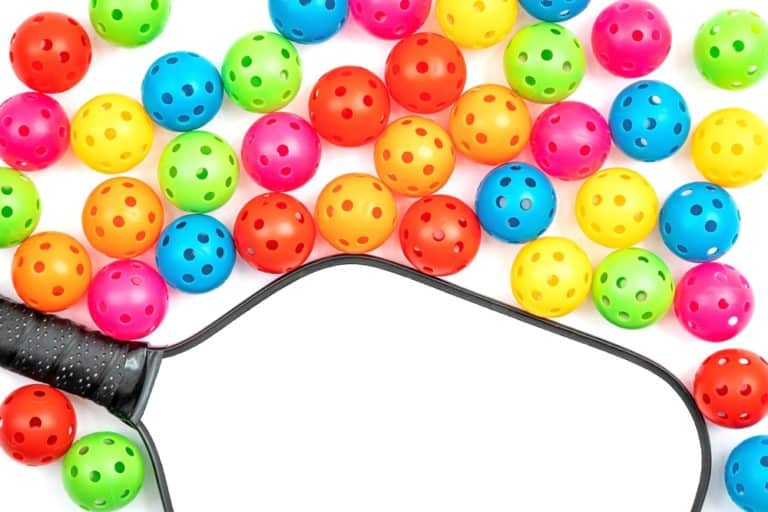How Often Should A Pickleball Court Be Resurfaced?
If you love to play pickleball but have noticed the court’s surface is looking a little worse for the wear, you should look at resurfacing. A friend recently helped her local community center as they were repairing their pickleball courts. It made me wonder how often you should resurface a pickleball court.
On average, a pickleball court should be resurfaced once every 4-8 years. Certain conditions will cause damage to a pickleball court over time. How often you resurface a pickleball court depends on how often you use it if it’s used for practice or tournaments, and how well it’s maintained.
After speaking to professionals who resurface tennis and pickleball courts, we were fascinated to discover that there are factors that will influence how often a pickleball court is resurfaced. After researching pickleball courts, we wanted to share the helpful information we found.
How Often Should A Pickleball Court Be Resurfaced?
If you have a pickleball court in your yard, neighborhood, or school, you may have wondered how often it should be resurfaced. The general answer is once every 4-8 years, but that number can change drastically depending on a few factors.
The factors that can influence how often a pickleball court needs to be resurfaced are,
- How often the pickleball court is used,
- Is it directly exposed to the elements?
- If it is used for professional play and tournaments,
- How well it is maintained,
- How well the pickleball court was constructed.
How Often The Pickleball Court Is Used
The first factor influencing how often a pickleball court should be resurfaced is how often you use it. If the pickleball court is in a community center, a school, or other public outdoor centers, it may need to be resurfaced more often than you think.
Pickleball courts are made from asphalt and situated on a slope, and then they add texturing by using non-aggressive silica sand to provide a slip-free surface, and then they add an acrylic finish to protect the surface of the court. If the court is often used, there will be wear and tear as time goes on.
The silica sand and asphalt will deteriorate and start to show cracks. That usually means it’s time to resurface the pickleball court. It usually happens in the 3rd or 4th year after the court has been built.
Is It Directly Exposed To The Elements?
As we all know, any court that is directly exposed to outdoor elements like the sun, rain, extreme heat, or cold will degrade the surface. Just like the sun and rain will cause a road to crack and degrade, the same can be said about pickleball courts.
The elements will wear the acrylic finish down and cause the asphalt to crack and lift. There are two ways to help slow this process down, so you only need to resurface the pickleball court once every 5-8 years,
- You can install a pickleball court indoors instead of outdoors, thus ensuring it is protected from the elements,
- You can use covers whenever the court is not used or there is bad weather to lessen the elements’ effect on the court.
Is It Used For Recreation Or For Professionals?
Suppose the pickleball court is only used for recreation and practice; it should last at least 5-8 years before you have to resurface it. If it is used for professional pickleball players or tournaments, it will likely have to be resurfaced more often to ensure the court meets the quality and rules of the sport.
How Well Is It Maintained?
To ensure you don’t have to resurface your pickleball court too often, you should try to keep it properly maintained. Take care of any weeds or loose court material, and keep the court covered when it’s not in use. That should help extend the court’s lifespan by a few years, and you may only need to resurface it once every 6-8 years.
How Well The Pickleball Court Was Constructed
The last factor influencing how often you must resurface a pickleball court is how well it was constructed. If a pickleball court was poorly constructed, it would need to be resurfaced more regularly.
Properly constructed pickleball courts have a foundation that is situated on level ground but built on a slope. The slope helps drain rainwater and moisture to keep the court dry, so no one slips when playing. Before you build a pickleball court, you should look for any low areas that are not level and fill the deficiencies up to ensure you have a sound base.
Getting professionals to build your pickleball court is important, as using inferior materials will also degrade the court quicker. Quality products and materials will save you money in the end.
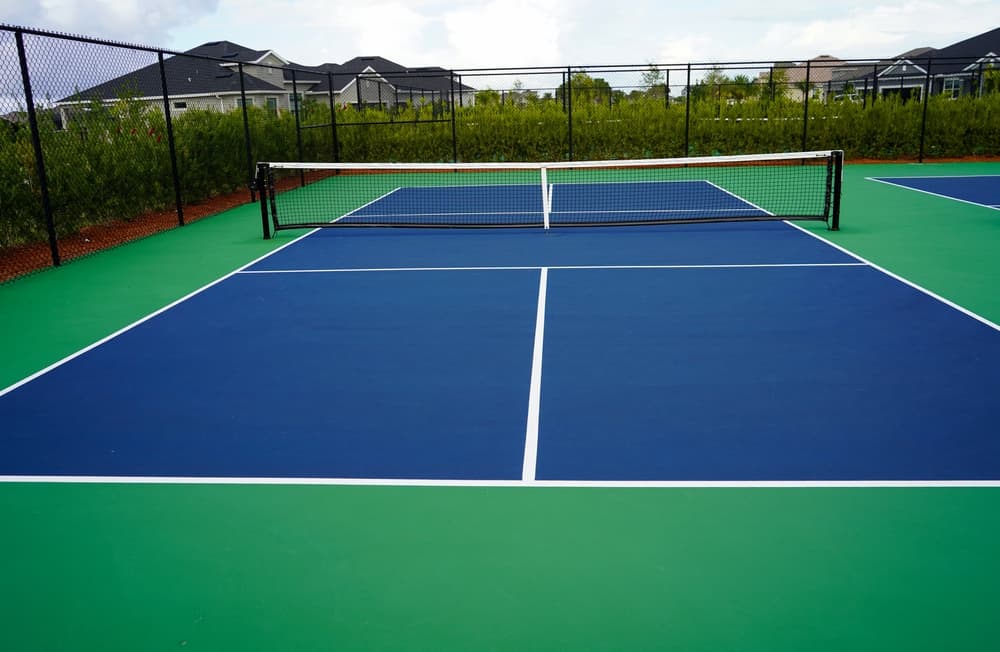
How Does Resurfacing A Pickleball Court Work?
Resurfacing a pickleball court starts with cleaning the court and preparing it to have any defects repaired. The repairs typically consist of fixing any areas that hold water (to improve drainage), filling in any gaps or cracks, and repairing areas where the asphalt has lifted.
Then they apply a heavy coat of acrylic primer that is laden with silica sand. The first coat of acrylic primer fills in any cracks, covers the repairs, and blacks out the lines. Depending on the state of the courts, they might add a lighter second primer coat.
Then they apply multiple coats of acrylic paint that also have a high concentration of silica sand to improve the traction of the players. Lastly, they apply an extra coat of acrylic paint with silica sand in the kitchen area, and then they use white acrylic paint with silica sand (for texture) to redo the white lines.
The nets and posts are re-installed, and after the court has dried for at least 48 hours, you can play as much pickleball as you want.
Conclusion
Depending on the condition of the court, how often it is used, and how well it was constructed, you must resurface it once every 4-8 years. The exact year will depend on the factors we looked at in the previous sections. To ensure your court lasts as long as possible, you should properly maintain it.
Keeping the courts covered when you are not using it and fixing any drainage issues, and mirror cracks will ensure you won’t have to have it resurfaced every 4 years but extend the time to maybe once every 6 or 7 years.

